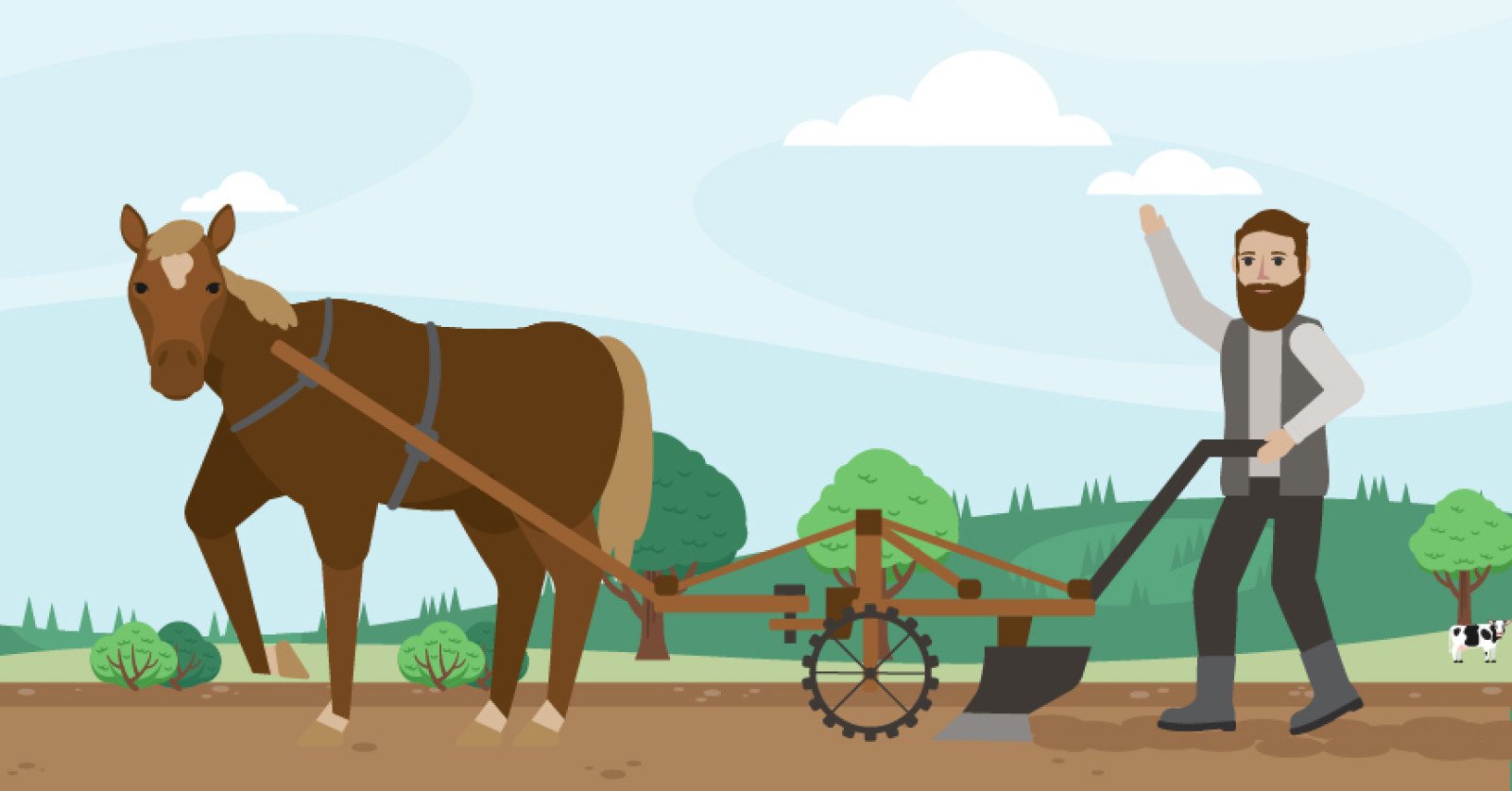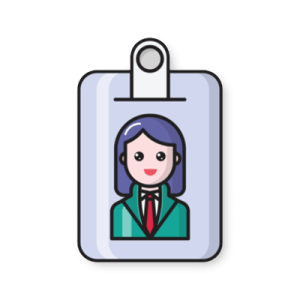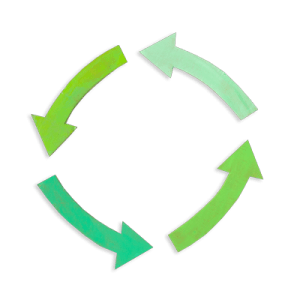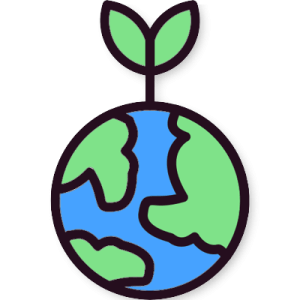Life Pre-Industrial Revolution
Discover what life was like in the 1700s, Pre-Industrial Revolution before the widespread use of fossil fuels.

Overview
Students explore life before the Industrial Revolution, and the tasks people had to perform daily without today’s conveniences. Using stories, research, and creative writing skills students will gain insight into life before cars, machines and the widespread use of fossil fuels.
Instructions
What you'll need
- Laptop and projector
- “Pre-Industrial Revolution” slideshow
- Paper and writing tools or computer, per student
- Start by asking students what life was like in the 1700s in the era Pre-Industrial Revolution, before the widespread use of fossil fuels and electricity in our lives. During that period, life was more labour intensive without the use of today’s conveniences like washing machines and cars.
- Open the “Pre-Industrial Revolution” slideshow. Invite one or two students to describe or tell a story of what's happening on each illustration or photo. Prompt them with questions such as how long do they think that activity would have taken? What was the energy source being used (wood, people, animals)? What safety concerns would they have?
- Slide 2: Spinning yarn - taking raw materials like cotton and wool, and turning them into yarn and then into clothing, blankets, and other items. This required a lot of labour, that was either done at home, or in small workshops.
- Slide 3: Plowing a field - this required oxens, horses, mules, and even people were used to pull plows and other field equipment for farming.
- Slide 4: Sailing - using hundreds of square yards of canvas to harvest the wind’s energy, sailboats were used as a mode of transport for goods and people. This was a time consuming and dangerous way to travel.
- Slide 5: Separating cotton seeds from cotton - this was a very time-consuming and labor-intensive process to do by hand. The resulting cotton was then spun into yarn.
- Slide 6: Covered wagons - many of the settlers in North America used covered wagons that were pulled by horses to move West. It could take six months to travel the distance across Canada, and typically families would walk alongside the wagons.
- Slide 7: Cooking - burning wood to cook food and keep warm was often used. Burning wood especially indoors resulted in poor air quality. Other sources of energy for heat and cooking included straw, dried dung, and the sun.
- Slide 8: Washing clothes - this was often done in tubs or at the sides of rivers, using washboards or rocks to scrub.
- At Slide 9, ask students to research and write a journal entry, detailing a day in their life if they lived in the early 1700s. Using the examples explored and researching further, have students reflect on how life was before machines, cars, and the widespread use of fossil fuels. This slide can be left up with the writing prompts. Students can choose who they are, where they live and consider questions like how they keep warm, how they cook their food and how they see at night.
- Students can be creative and may choose to use drawing or graphic novel styles to create their journal entry.
- Invite students to share their diary entry with the class.
- Complete this activity by having a class discussion on how the lives of people 1700s differed so greatly from life today.
- Would there have been time for leisure activities?
- Would children play, or would they also be doing work for the family?
- How might other factors, such as gender, race, and location play into what someone did?
Modify or extend this activity
Pull up the "Energy use during the Industrial Revolution" activity to explore the effects of the Industrial Revolution on society, environment and economy.
Curriculum Fit
Socials 8 (7th century to 1750)
Big ideas
Human and environmental factors shape changes in population and living standards.
Content
- Scientific and technological innovations
- Interactions and exchanges of resources, ideas, arts, culture between and among different civilizations
- Changes in population and living standards
Socials 9 (1750 to 1919)
Big idea
Emerging ideas and ideologies profoundly influence societies and events.
Content
Political, social, economic, and technological revolutions
English Arts 8 & 9
Big idea
Exploring stories and other texts helps us understand ourselves and make connections to others and to the world.
Career Education 8 & 9
Big idea
The value of work in our lives, communities, and society can be viewed from diverse perspectives.
Assessments
- Assess students’ understanding of the lifestyle challenges of 1700s, before the Industrial Revolution.
- Assess students’ creativity and communication skills in the journal activity.
- Assess students’ ability to effectively collaborate, listening to others and thoughtfully contributing to the discussions.
Teaching Notes
Pre-Industrial Revolution
Before the Industrial Revolution most people lived in rural agrarian areas or small villages. Travel was difficult and time consuming, so most people did not go far from home. Animals and people were used to farm fields, mill grain and wash clothing. Energy to cook and keep warm/cool was mostly wood, peat, dried dung, straw and the use of the natural elements like wind and sun.
Before the Industrial Revolution, European immigration to North America was low, and most settlers were farmers or relied on natural resources like the fur trade. Indigenous, First Nations and Inuit communities would have lived predominantly traditional lifestyles but were affected by European settlement and diseases. Slavery, while less common, existed in Canada until the Slavery Abolition Act in 1833.
For additional information see:








